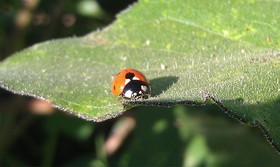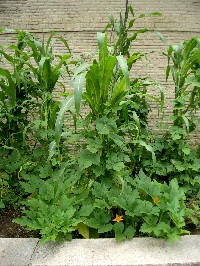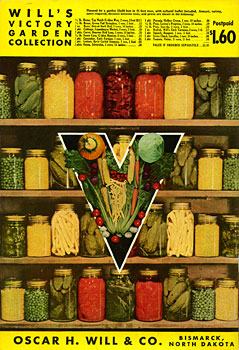First things First, know your options. Organic insecticides come in many forms: Botanical Insecticides such as neem oil and pyrethrin are derived from plants. Some insecticides such as Bt (Bacillus thuringiensis) are actually living organisms. Others such as DE (Diatomaceous earth) are mined from the earth and consist of fossilized algae. As you can see, sometimes as organic gardeners we have to be creative in how we battle pests, there is no "one size fits all" solution. Knowing what kind of insecticide you have and how it works is also valuable information for knowing when and how to apply the insecticide.
Timing is absolutely crucial when applying any type of insecticide. You would not want to apply DE before a rainstorm because once it is wet, it loses it's effectiveness. Living and botanical insecticides should be applied at dusk or at night because both are susceptible to heat and solar radiation. Both should also be applied to the undersides of leaves and around the base of the plant to be most effective. This also prevents exposure to beneficial insects that often hunt on the tops of leaves.
Secondly, it is important to remember that all insecticides are poisons. Because of this, you want to always read the label completely before using any product. By law, insecticides must carry either a Caution, Warning, or Danger label. As a rule insecticides labeled caution are the least harmful to humans, and those labeled Danger are the most harmful. Reading the label will also tell you in what manner you should be using the insecticide. If used incorrectly, organic insecticides can be harmful to bees and other beneficial insects and wildlife. Always use extreme care when applying any kind of insecticide and again try to only apply in the evening to prevent unwanted exposure to beneficial insects. As a rule, try and only use species specific insecticides whenever possible. For example Bt is harmful only to leaf chewing caterpillars (BTK) and mosquito larvae (BTI). Bt is not harmful to pollinators or any other beneficial insect. Nosema locustae is a bait insecticide that is harmful to grasshoppers and crickets, but is useless against mosquitoes and caterpillars. Conversely you should also limit your use of broad spectrum "knock down" insecticides like PyGanic. PyGanic is a 5% pyrethrin solution that is extremely effective on a whole host of garden pests. Unfortunately it will kill most every beneficial insect out there as well, so please, only use as a last resort. As always, you should clearly read the labels and follow the manufactures instructions before applying any organic insecticide. Always wear proper PPE and avoid long term exposure.
 Lastly, you may have heard of insects becoming immune to certain pesticides. This happens because overtime insects can become resistant to pesticides that are continually used over and over. In order to prevent this from happening in your garden, you should always rotate different types and classes of insecticides. For example Neem is common insecticide used to treat a variety of pests, but different neem products work in different ways. Safer BioNeem is essentially azadirachtin, a growth regulator that prevents young insects from molting and therefore interrupting the life cycle. Concentrated Neem Oil on the other hand is a contact insecticide with little or no azadirachtin and works mainly by causing insects to stop feeding. Using the two different types of neem, and perhaps an Insecticidal Soap mixed in will provide a variety of pest control options that will leave the bugs in your garden looking for an alternate residence.
Lastly, you may have heard of insects becoming immune to certain pesticides. This happens because overtime insects can become resistant to pesticides that are continually used over and over. In order to prevent this from happening in your garden, you should always rotate different types and classes of insecticides. For example Neem is common insecticide used to treat a variety of pests, but different neem products work in different ways. Safer BioNeem is essentially azadirachtin, a growth regulator that prevents young insects from molting and therefore interrupting the life cycle. Concentrated Neem Oil on the other hand is a contact insecticide with little or no azadirachtin and works mainly by causing insects to stop feeding. Using the two different types of neem, and perhaps an Insecticidal Soap mixed in will provide a variety of pest control options that will leave the bugs in your garden looking for an alternate residence.Well there you have it. By now I hope you have a better grasp on organic pest management than you did when you started. Of course, these are only outlines on how to deal with pests in a general sense. Pages can be written on battling specific insects, but if you follow these guidelines, you should be off to a good start. If there are any pests bugging you, please send me an email, I would love to help you out in any way I can. Thanks for reading, and stay tuned for next time. And as always,
Happy Gardening!










